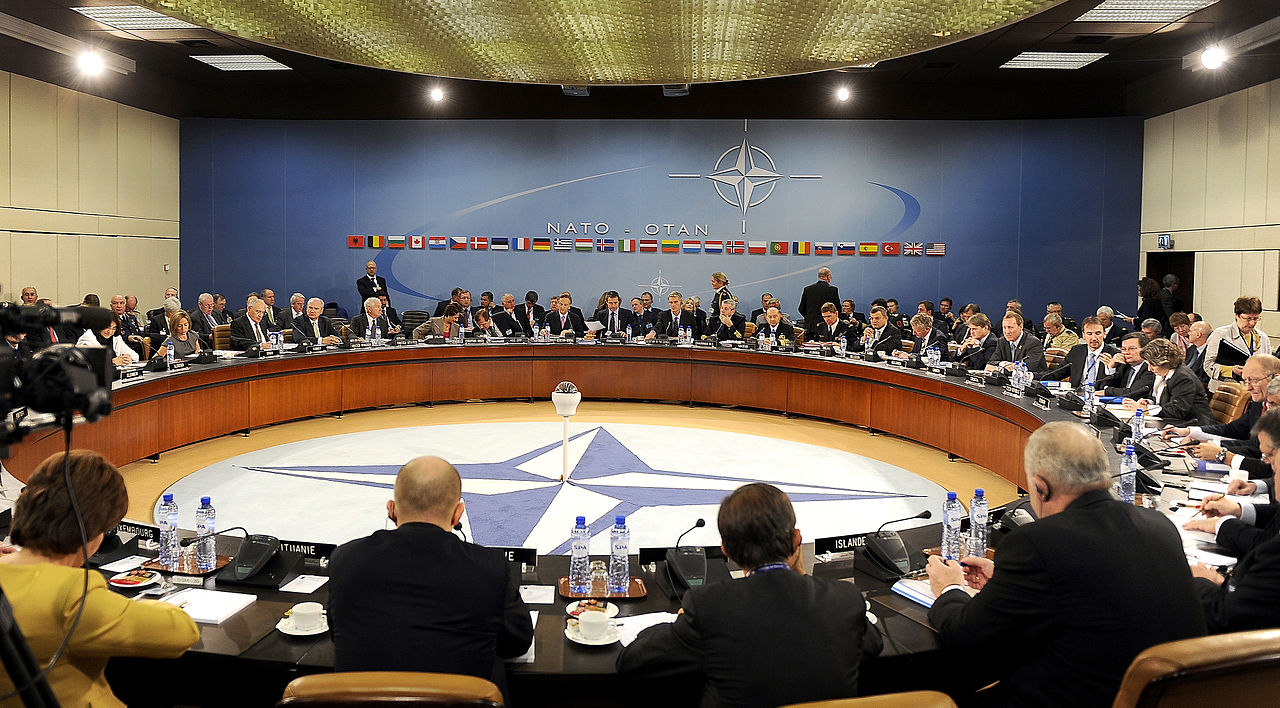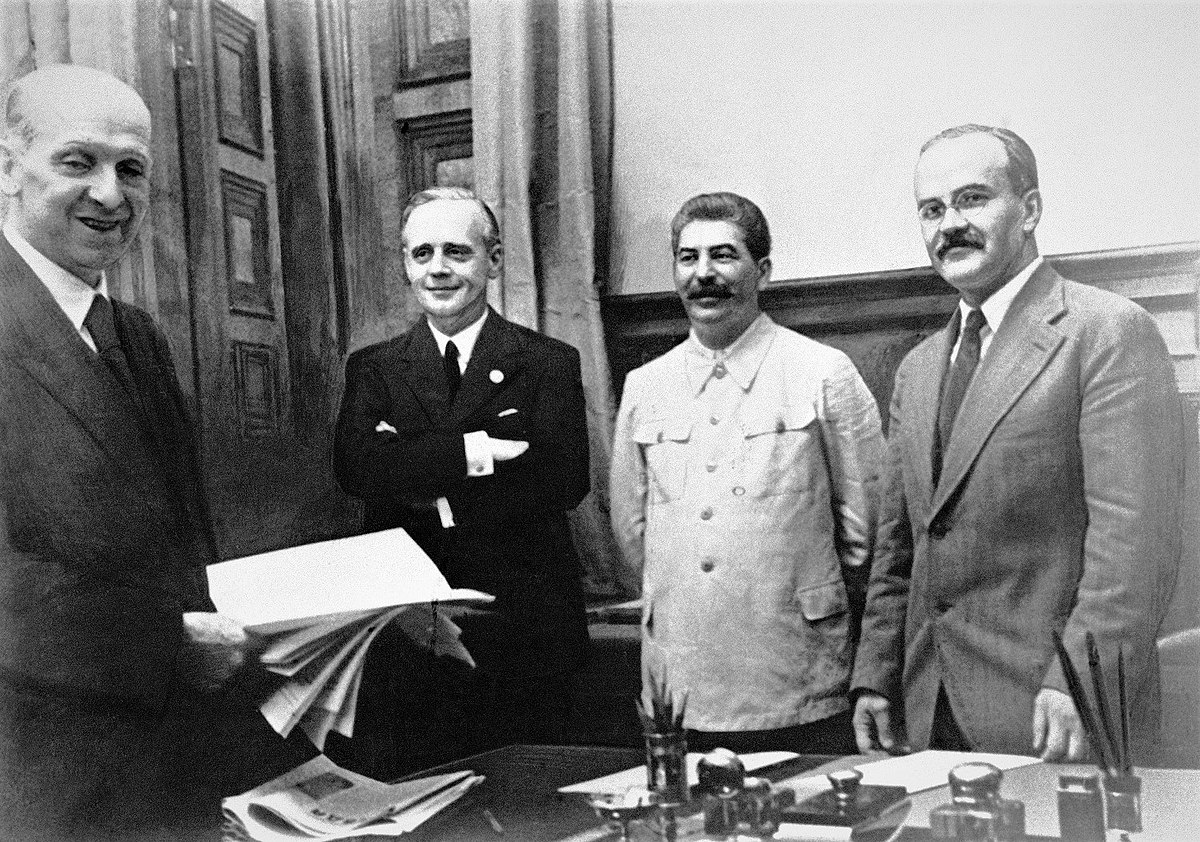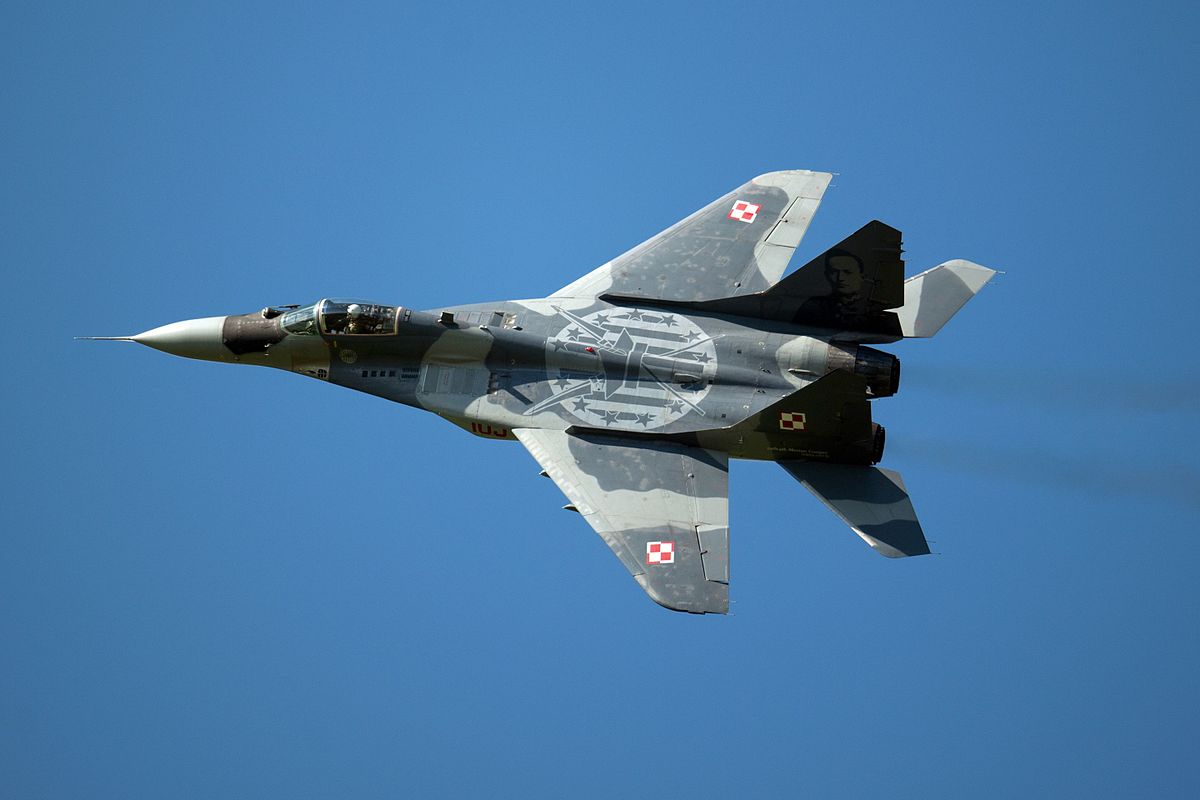Poland on the way to becoming an economic power

Poland has been on the podium of countries with the lowest unemployment rate in the EU for months, according to Eurostat. Based on the latest statistics, unemployment in Poland was at just 3%, the same as in Germany. The Economist also pointed to a gigantic increase in industrial production in the country this year, which is already growing faster than that of Germany. In turn, according to a November report by Reuters, Poland is gaining the most from so-called reshoring1 among the countries analyzed, ahead of Germany and the UK, among others, in this category.
Jacek Przybylski
Serious foreign experts are increasingly writing and speaking about Poland’s potential to become an economic powerhouse and leader of the rapidly developing Central European region.
Five years ago, George Friedman predicted that Germany and Russia would collapse and Poland would become a power. “With Germany no longer an economic power in 30 years and Russia in disarray, Poland, with its well-educated society, will grow into a regional power with ambitions to play a huge role on the international stage” – the Geopolitical Futures president predicted at the European Forum for New Ideas.
“I think Poland will be an important country in the EU, it may quietly be as significant – if not already – as Spain or Italy, and perhaps even as significant as France. As an economic power Poland will rise all the way to such levels,” wrote British columnist Tim Marshall, author of the bestselling book “Prisoners of Geography” in 2020, according to whom Poland in the 21st century will not only be a bridge between East and West, but will also play an important role in the Trilateral region.
“Poland has become an economic powerhouse of the EU” and in a very short period of time has turned out to be “an absolutely leading partner of the German economy,” he – noted last year, on the occasion of the 30th anniversary of the signing of the German-Polish Treaty, the chairman of Germany’s Commission for Economic Relations with Eastern Europe, Oliver Hermes, adding that among Germany’s global trading partners, Poland has overtaken countries such as Italy, among others, and moved into the top five.
Low unemployment
The optimistic forecasts year after year were confirmed by hard data from the economy. Poland’s good prospects could not be shattered even by the hard times of the COVID-19 pandemic. In early 2022, The Economist ranked Poland sixth in a ranking of 23 countries whose economies coped best with the pandemic. The authors of this ranking took into account, among other things, GDP growth, household income levels, the performance of national stock exchanges, the level of investment spending or the scale of debt of the countries surveyed. The top five in this post-pandemic ranking were Denmark, Slovenia, Sweden, Norway, and Chile. In sixth place, meanwhile, were equally Poland and Ireland.
Very good news for the Central European region, and especially for Poland or the Czech Republic, was also brought by successive Eurostat reports on the level of unemployment in the European Union countries. The seasonally adjusted unemployment rate in Poland in January 2022 was 2.8%, the EU statistics office said in a March report. Thus, in the first month of this year, Poland was second among the countries with the lowest unemployment – behind the Czech Republic, where unemployment stood at 2.2%, with the average unemployment rate across the European Union averaging 6.8% in January. Even better data came from Eurostat’s November report. According to EU statisticians, Poland’s seasonally adjusted unemployment rate was 2.6% in September 2022, with only the Czech Republic again boasting a lower rate (2.2%). Poland, meanwhile, was followed by Malta and Germany (3.0%), Norway (3.2%) and Hungary (3.7%). For comparison – average unemployment across the European Union in September was 6.0%, and in the eurozone countries it was 6.6%. Spaniards had the biggest problem finding a job, as the unemployment rate in their country was as high as 12.7% in September.
Confirmation of the stable labor market situation in Poland, which has continually had one of the lowest harmonized unemployment rates, was also brought by the latest Eurostat report from December 2022. According to these EU statistics, Poland, along with Germany, was also on the EU podium in October 2022 with an unemployment rate of just 3%, followed by the Czech Republic, where unemployment fell to just 2.1%. Other Visegrad Group countries are also doing not badly. Unemployment in Hungary is at 3.6%, and in Slovakia at 5.9%. By comparison, unemployment in the world’s largest economy, the United States, is 3.7%.
It is worth noting that data from the Polish labor market continues to be good, despite the huge migration wave created after the Russian aggression against Ukraine. Many Ukrainian refugees have taken up legal work in the Vistula, and unemployment remains low. Positive changes over the Vistula can also be seen in the labor market among those under the age of 25. This is particularly significant, as youth unemployment is the biggest concern for many EU countries (youth unemployment averaged in EU countries in October 2022 at 15.1% and 15% in the eurozone). In Spain, there is no work for one in three young people seeking employment (the unemployment rate there is 32.3%). In Poland, by comparison, the youth unemployment rate was at 11.3% in October, several percentage points below the EU average. In contrast, the Czech Republic stood on the top step of the EU podium, where youth unemployment was just 5.7%.

Statistics on the situation of women in the labor market were also better than average among EU countries. According to Eurostat, in October 2022, the unemployment rate among women in the EU was 6.4%, and 5.7% among men. Meanwhile, in Poland, only 2.9% of women and 3.2% of men were unemployed in the same month this year.
High production
In August of the current year, a new batch of excellent data was again brought by Britain’s The Economist. In a report analyzing, among other things, the scale of industrial production, the weekly compiled indicators from 2015 for Germany, Russia, South Korea, the United Kingdom, Japan, and Poland. The result? It turned out that the Germans and Japanese are producing less than in 2015, while in Poland production has increased by as much as 50% over seven years, and in South Korea by 20%. “Germany’s production has declined since 2015, as has Japan’s. The challenge to the industrial model is clearly visible. Can they continue to grow?” – asked German economic journalist Christian Odendahl on Twitter, referring to the British weekly’s publication.
According to Eurostat data, Poland posted the highest GDP growth in the third quarter of 2022, compared to other EU countries, compared to the fourth quarter of 2019. In other words, it is the fastest to catch up with the economic delays resulting from the COVID-19 pandemic. Compared to the last quarter of 2019, the value of Poland’s Gross Domestic Product has already increased by 9.2%. In comparison, Lithuania, second in this category, recorded an increase of 7.6%, Cyprus 6.8%, and Hungary 6.5%.
Reshoring, or who is making money at the end of “cheap China”?
Poland is also gaining from a trend that can briefly be characterized as the opposite of offshoring. This phenomenon involved Western companies relocating their factories to China and other Asian countries to take advantage of cheap labor to increase profits. However, Chinese labor costs have been steadily rising, and during the pandemic, manufacturers also faced huge problems with the timeliness and price of the freight they ordered. For this reason, Philips, for example, moved its manufacturing base back to the Netherlands, and in 2022 Caterpillar decided to reshore to America.
Reshoring – also known as inshoring or backshoring – is a logistics operation that involves moving operations to the home country or much closer to the location of the markets served. When European manufacturers make the decision to reshore, they look at, among other things, the location of the country in question, the reduced distance to the end market, legal security, the political system, the quality of infrastructure, as well as the cost and availability of skilled labor (low-cost workers are increasingly being replaced by robots).
Subsequent reports have shown that Poland, which managed to overtake Germany in this category as well, is gaining the most from the flight of companies from China among Western countries. According to a Reuters report, “A generational shift in sourcing,” released at the end of November, recent disruptions in supply chains have led 67% of global retailers and manufacturers to decide to relocate their sourcing of materials, components and products. The survey of 368 logistics professionals shows that companies looking for new locations for their production facilities most often choose Poland (23.3% of those surveyed), Germany (19.4%), Turkey (12.4%), the United Kingdom (10.9%), the United States (10.1%), Vietnam (10.1%), France (8.5%), Romania (8.5%), the Czech Republic (7.8%), and India (7.8%).

Poland – as a member of the Schengen zone and a politically stable country with a strategic location in Europe – stands to gain from reshoring in the years to come as well. This is because the trend has become profitable not only in business terms, but also politically. According to a report by BCI Global, more than 60% of European and U.S. manufacturing companies plan to relocate some of their Asian production to other countries (especially European countries and America) within the next three years.
Poland also a leader in outsourcing
The financial crisis at the end of 2008 and the beginning of 2009 contributed to the development of the outsourcing industry, i.e. the industry providing external services to business. In this category, Poland has also become a leader not only in the region of Central and Eastern Europe, but is one of the top countries providing business services on the Old Continent. Poland attracts investors with both a good investment climate and state of infrastructure, as well as a balance between costs and quality of work. This is largely due to the number of well-educated graduates of universities and technical colleges, who speak foreign languages and develop various skills useful in different business sectors. Poles are therefore no longer treated as just cheap labor, but as professional experts who are ready to carry out the most ambitious tasks. Thus, Polish accountants, human resources specialists, logisticians, IT specialists or employees of the broadly defined service sector are working in outsourcing companies. And it is in office buildings on the banks of the Vistula and the Oder rivers that such multinationals as Credit Suisse, Goldman Sachs, ING, or Deutsche Bank have decided to place their banners.
On the other hand, the largest number of centers providing modern business services have been built in Warsaw, Cracow and Wroclaw, i.e. in well-connected academic centers with a large base of modern office space. In Warsaw – valued, among other things, for its good communication with Europe, high productivity, and numerous scientific centers – companies such as Google, Hewlett Packard Enterprise, Oriflame, Pandora Jewelry Shared Services, Procter & Gamble, Roche Global IT Solutions Center, Samsung, Schneider Electric, Siemens, and Xerox have launched their centers.
According to the “Outsourcing 2019-2025 – Changes and Trends” report compiled by Grant Thornton, during the peak of the Covid-19 pandemic, i.e. 2020-2021, focus on outsourcing in Poland increased by an average of 15% (interest in HR and payroll outsourcing by 16% and finance and accounting outsourcing by 14%).
Thanks to the inflow of investments by IT companies to Poland, as well as a rich spectrum of personnel of experienced, creative, committed and excellent English-speaking Polish programmers, Poland has managed to snatch the unofficial title of the capital of global digital outsourcing from India. And although many countries are cheaper than Poland, investors are setting up service centers on the Vistula River because Poles are simply better than their cheaper competitors. According to a recent report by the HackerRank platform – which publishes work orders that require both high quality and speed of work – programmers from Poland ranked third in the world behind the Chinese and Russians, and ahead of the Swiss and Hungarians. Among Java programmers, Poles are the best in the world, and they ranked second among Python programmers.
Growing attractiveness in renewable energy
On November 30th, 2022, EY announced that in the latest edition of the EY Renewable Energy Country Attractiveness Index (RECAI) – that is, the attractiveness of countries to investors in renewable energy sources – Poland has once again moved up, this time by one sport to 18th in the ranking and ahead of countries such as Sweden (20th), Finland (22nd), Belgium (24th), and Switzerland (31st). The United States remains the leader of this ranking, followed by China and Germany before the United Kingdom and France.
As the press release reads, the latest RECAI ranking also added a new category that takes into account the GDP of individual countries. This time Poland ranked 17th, which means it is more attractive to investors in renewable energy than the size of its economy would indicate. Energy transformation, especially decarbonization, is one of the biggest challenges facing the Polish economy. Poland also has to deal with an increasingly pronounced demographic crisis. The authorities in Warsaw should also remember to create a friendly investment climate and an attractive tax system to keep current investors in the Vistula and consistently attract new ones to increase the investment-to-GDP rate. Poland, however, is on track to continue its rapid growth and move along the path toward cementing itself as an economic power.
1 the process of returning the production and manufacturing of goods back to the company’s original country




